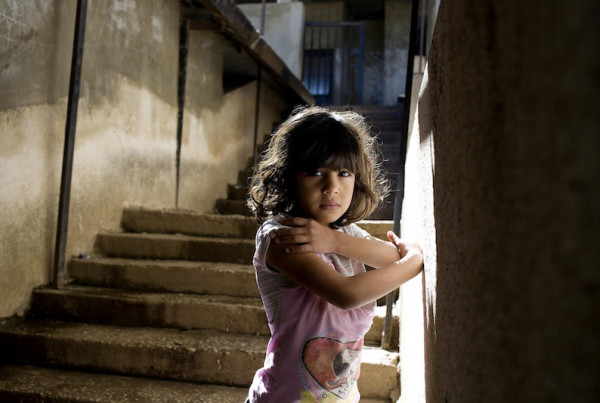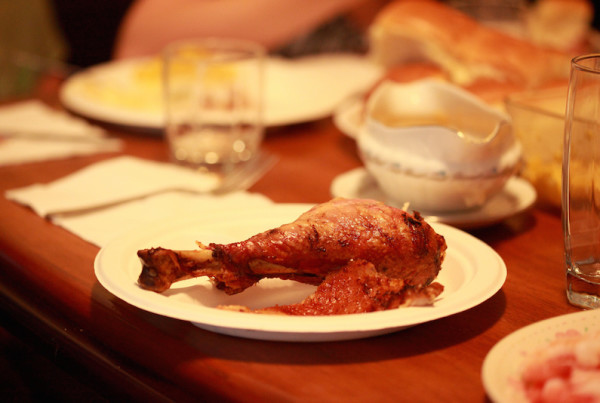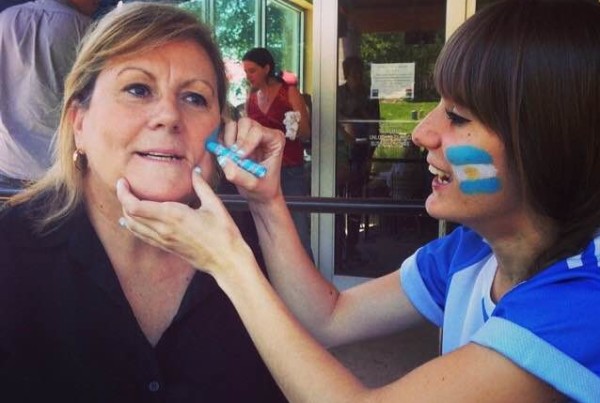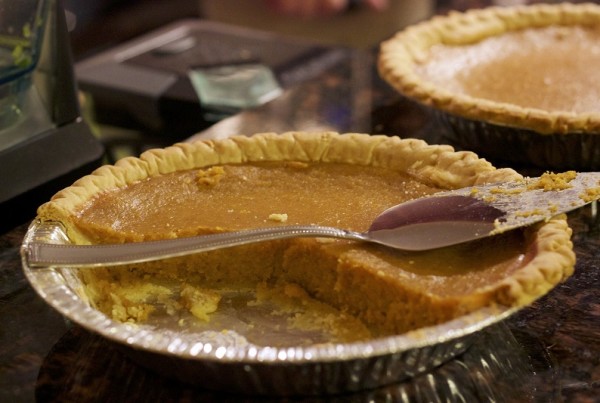Heap House. Foulsham. Lungdon.
Texas author Edward Carey’s gloriously odd young adult trilogy of illustrated novels exists in a late 19th century world cloaked in grime, filth, refuse and inhabited by people whose lives revolve around all of the above.
The first two books in this trilogy, “Heap House” and “Foulsham,” got rave reviews. NPR’s book reviewer called “Heap House” an “exceptional astonishing book” and Foulsham “almost as perfect.” Must be hard to follow up with the book that will end it all.
Writer and illustrator Edward Carey talks with the Standard about the newly released final installment in the triology, “Lungdon.” Carey says he always imagined the series as three books, each in a different setting: the first in a house, the second in a town, the third in the city.
“In a way all three books are leading toward the last chapter in the last book,” he says. “Finally when we get to the third book, we at last get a full stop.”
Without giving away crucial plot lines, Carey describes the overall story as “a love story set in a vast rubbish heap.” Claude, the hero of the trilogy, is a young boy who can hear objects talking while Lucy, the story’s heroine, is a young servant girl who is a kleptomaniac so the series deals with the business of “objects having lives of their own.”
“As the series goes on, certain objects disobey humans,” he says.
In addition to objects, the setting is as much as character as any of the people in it. Carey says he incorporated recognizable buildings and backdrops. He included the Houses of Parliament, long one of the most famous landmarks in London, in part because it has long been associated with children’s writing, starting with J.M. Barrie when Peter Pan flew past Big Ben.
“I really wanted to create a terrain that we know but that anything could happen to it and that you wouldn’t know who survived these books,” Carey says. “What buildings, what people – even the Queen might go.”
Carey says as he was writing the third novel’s final scene, he honestly didn’t know how it would end and gave every character a cameo in it.
“That was such fun, to write it like that,” he says. “That’s one of those things that’s so exciting about kids’ literature now is that you can play these games. It can be more dangerous, more exciting… There’s no more patronizing in kids’ literature – the world of kids’ literature has changed.”
Listen to the full interview in the audio player above.
















